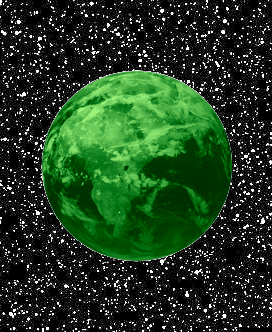Atmospheric origin expanded
 A new study could change the way we think about the formation of Earth’s atmosphere.
A new study could change the way we think about the formation of Earth’s atmosphere.
The popular theory is that the atmosphere and oceans formed by releasing water and gases from the Earth’s mantle through volcanic activity during the planet’s first 100 million years.
This was based on the idea that seawater only makes it about 100km into the mantle before it is returned to the Earth’s surface through volcanic arcs, such as those forming the Pacific Ring of Fire that runs through the western Americas, Japan and Tonga.
But ANU researcher Dr Mark Kendrick says there is evidence to question this theory.
His research has found seawater cycles throughout the Earth’s interior down to 2,900km, much deeper than previously thought.
“Our findings make alternative theories for the origin of the atmosphere and oceans equally plausible, such as icy comets or meteorites bringing water to the Earth,” said Dr Kendrick,
Seawater is introduced into the Earth’s interior when two tectonic plates converge and one plate is pushed underneath the other into the mantle.
Dr Kendrick’s international research team analysed samples of volcanic glass from the Atlantic, Pacific and Indian oceans that contained traces of seawater that had been deeply cycled throughout Earth’s interior.
“The combination of water and halogens found in the volcanic glasses enables us to preclude local seawater contamination and conclusively prove the water in the samples was derived from the mantle,” he said.
The study is published in Nature Geoscience.








 Print
Print